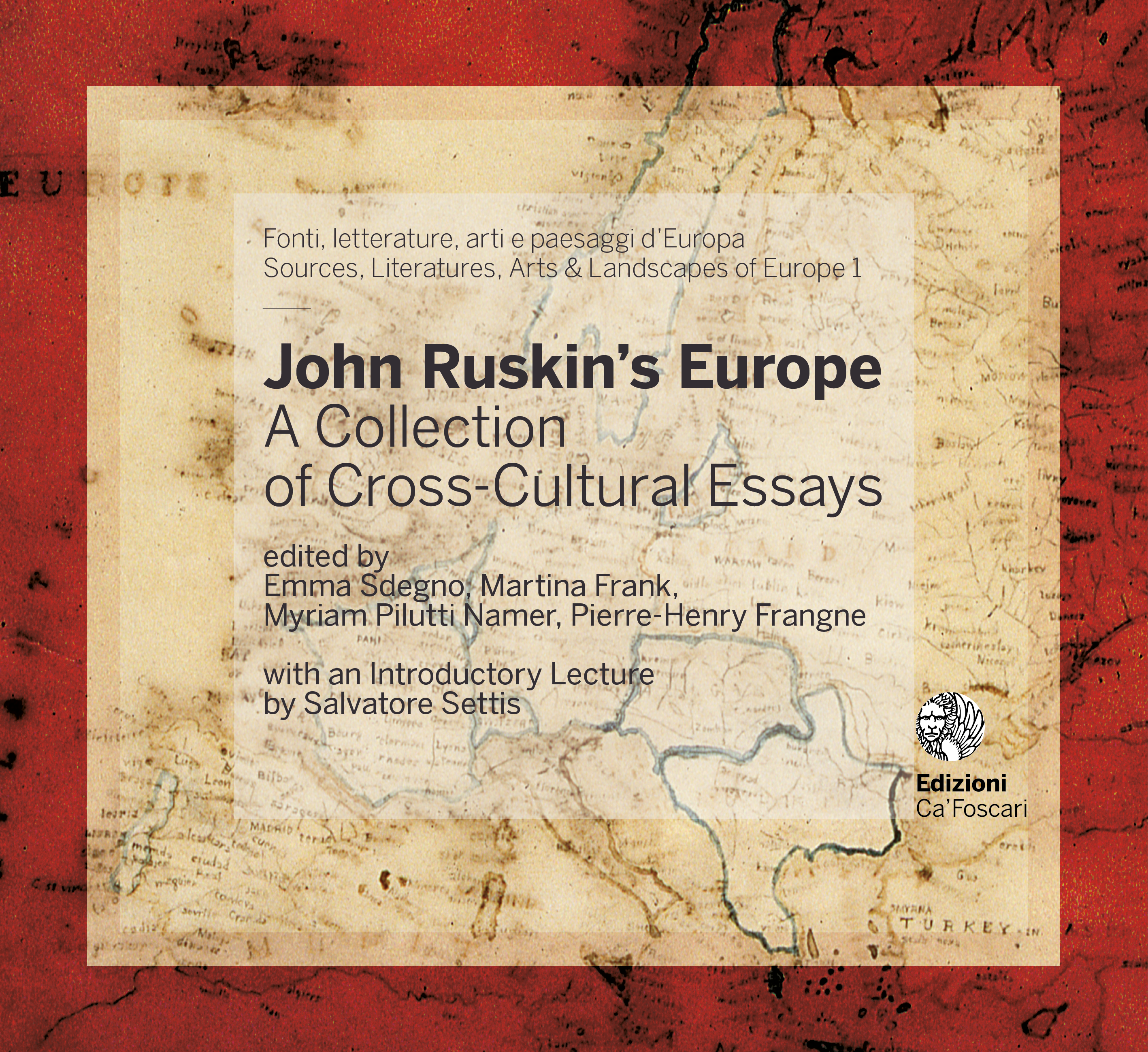- search 218 views
- file_download 11 download
- keyboard_capslock metadata
-
mark_email_readIscriviti alla newsletter
From Ruskin’s Amiens to Proust’s Venice
Reflections on the Diapered Screen
abstract
The paper focuses on the first of Ruskin’s two translations into French, La Bible d’Amiens (published in 1904, followed by Sésame et les lys in 1906), and on how Proust reshaped Ruskin’s work in his lengthy introduction and copious footnotes. Proust chose to translate The Bible of Amiens in order to acquaint a French readership with Ruskin’s only full-length study of France and French Gothic architecture, and also because Ruskin considered the work to be representative of his entire ‘system’. This paper examines how Proust appropriates Ruskin’s text, making it his own through the addition of his invasive critical apparatus. The fact that Proust started to work on La Bible d’Amiens when he was in Venice in 1900 casts an Italian hue on his version, which emphasizes the parallels Ruskin drew between the Venice of Picardy and the Queen of the Adriatic.
Keywords: John Ruskin • French Gothic architecture • La Bible d’Amiens • The Bible of Amiens • Marcel Proust




